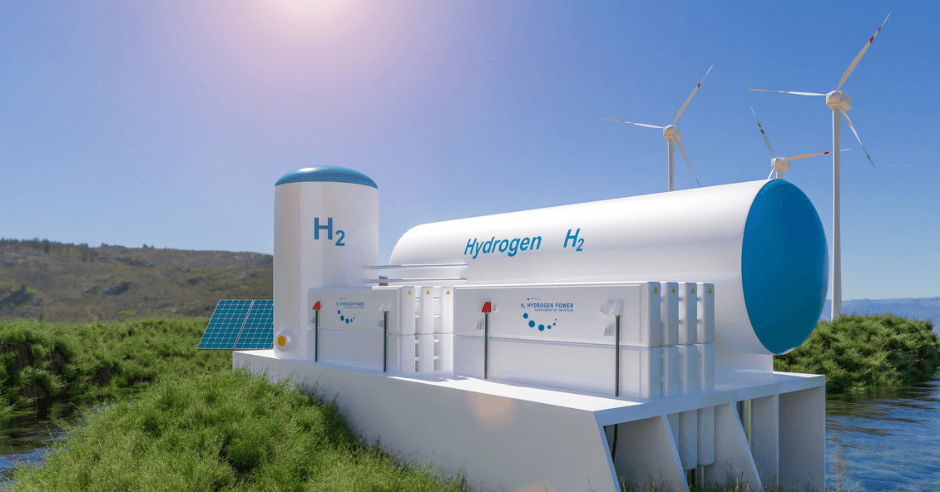Uzbekistan to Get Its First Renewable Hydrogen Facility with $65 Million EBRD Funding

The European Bank for Reconstruction and Development (EBRD) announced that it is going to finance a “pilot renewable hydrogen facility” in Uzbekistan to contribute to the decarbonisation of fertiliser production and power generation.
The facility financed by the EBRD will include a 20-megawatt (MW) electrolyser and a 52-MW greenfield wind power plant.
As part of the initiative, the EBRD is providing a financial package of $65 million to ACWA Power UKS Green H2 for the facility's development, design, construction and operation.
This special purpose company is co-owned by ACWA Power, a global developer, investor, co-owner, and operator of power generation and desalinated water production facilities, and Uzkimyosanoat (UKS), a holding company overseeing state-owned chemical enterprises in Uzbekistan.
EBRD and Raiffeisen Bank to provide €110 million to support Romania’s green transition
The package also consists of a $55 million senior loan provided by the EBRD and concessional finance of $10 million from Canada under the Special Fund for the High Impact Partnership on Climate Action (HIPCA).
In addition, the bank is also planning to endow nearly $5.5 million as an equity bridge loan for the project.
EBRD grants €25.1 million Loan to EPBiH for solar power plant development in Bosnia and Herzegovina
Nandita Parshad, EBRD Managing Director for the Sustainable Infrastructure Group, EBRD, said, “EBRD is proud to finance this landmark renewable hydrogen facility in Uzbekistan with our long-standing partner ACWA Power and their partner Uzkimyosanoat.”
She added, “This is the first of its kind across Central Asia, a region with some of the most carbon-intensive and hard-to-abate industries.”
The plant will be the EBRD's second renewable hydrogen production project, following the Bank's backing of a renewable hydrogen facility in Egypt in 2022.
EBRD funds €25 million project to boost Polinas Plastik’s sustainability and efficiency
This project, funded by the Japan-EBRD Cooperation fund, aims to replace grey hydrogen—currently produced from natural gas and commonly used in ammonia fertilizer production in Uzbekistan—with renewable hydrogen.
The transition to renewable hydrogen is seen as a crucial step for decarbonizing the fertilizer industry.
Once the facility commences operations, it is anticipated to generate up to 3,000 tonnes of renewable hydrogen annually and cut annual CO2 emissions by approximately 22,000 tonnes.



